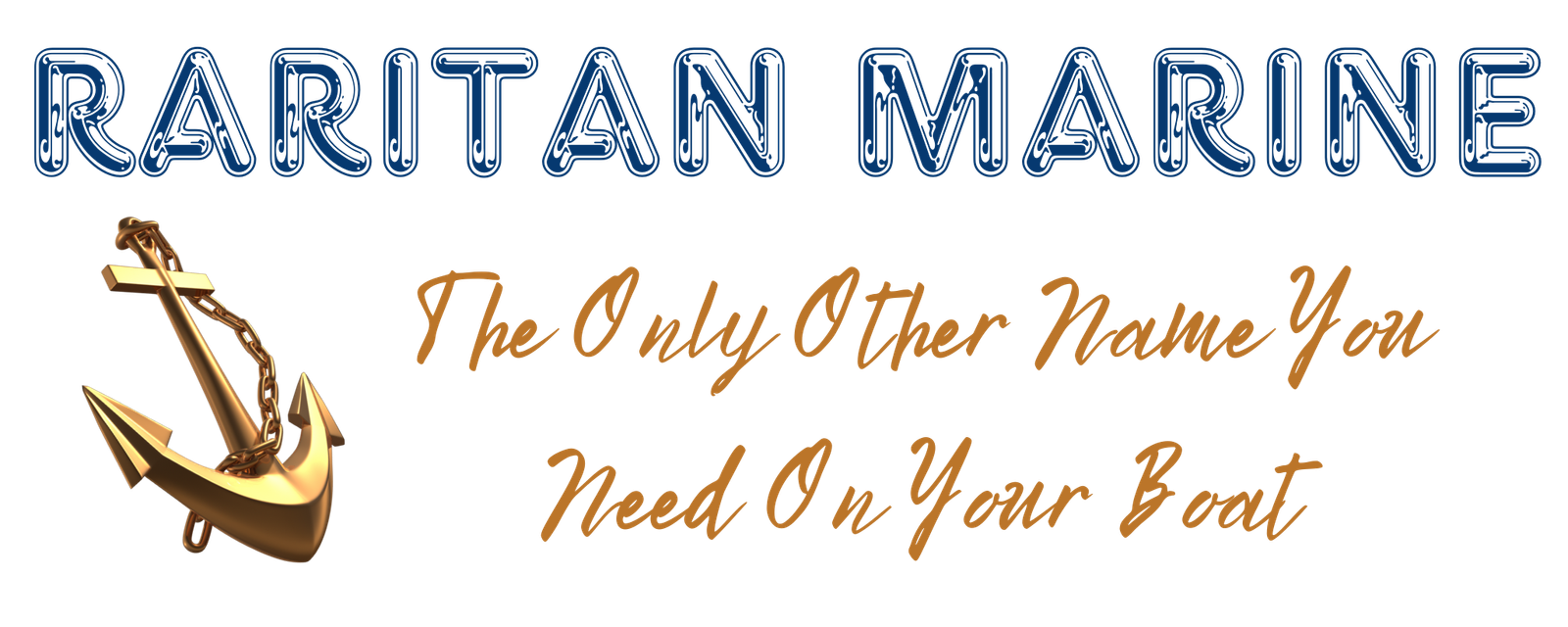Sailing is a thrilling and rewarding experience that allows you to explore new places, connect with nature, and challenge yourself. Whether you’re planning your first sail or looking to improve your skills, here are some expert tips to help you master the art of sailing.
1. Introduction to Sailing
Before you set out on your journey, it’s essential to understand the basics of sailing. You should know how to operate the sails, steer the boat, and handle emergency situations. Take time to learn about basic boating terminology, such as port, starboard, bow, stern, and keel. Practice maneuvering the boat in calm waters before venturing into open seas.
2. Basic Boat Handling Techniques
To navigate safely through rough waters, you need to have good boat handling techniques. Learn how to tack (turn the boat through the wind) and jibe (change direction by turning the boat through the wind). These techniques will help you maintain control over the boat and avoid collisions. Additionally, practice mooring and anchoring so you can securely dock your vessel at the end of each trip.
3. Choosing the Right Equipment for Your Trip
The right equipment can make all the difference when it comes to safe and enjoyable sailing. Before setting off, ensure that you have everything you need including life jackets, flares, first aid kit, navigation tools, and communication devices. Make sure your boat has enough fuel and water supply for the duration of your trip. Consider investing in additional safety gear like an EPIRB (Emergency Position Indicating Radio Beacon), which sends distress signals to search and rescue teams.
4. Weather and Navigation Basics
Weather conditions play a crucial role in sailing. Before embarking on any voyage, check weather reports and forecasts to determine the best route and timing. Familiarize yourself with nautical charts and use them to plot your course. Knowledge of tides and currents can also be helpful in navigating through tricky areas. Always carry a compass and GPS device to keep track of your location.
5. Safety on Board: Essential Gear and Procedures
Your safety while sailing depends largely on having the necessary gear and following proper procedures. Ensure that everyone on board knows how to swim and wears appropriate clothing and footwear. Carry extra clothing and blankets in case of unexpected changes in temperature. Keep the deck clean and free from hazards like ropes or cables. Follow standard maritime protocols such as sounding horns or flashing lights when approaching other vessels.

6. Advanced Sailing Skills
As you gain more experience, you may want to develop advanced sailing skills. Learning how to read the wind and waves can help you anticipate changing weather patterns and adjust your course accordingly. Improve your knot-tying abilities to secure items on board and tie up to docks. Mastering sail trimming techniques can enhance your boat’s performance and stability. Finally, consider taking courses or attending workshops to hone your sailing skills further.
Conclusion
Sailing offers countless opportunities for adventure and personal growth. By following these expert-approved hacks, you can become a skilled sailor and enjoy the freedom of being on the open sea. Remember to always prioritize safety above all else and respect the natural environment around you. Happy sailing!





